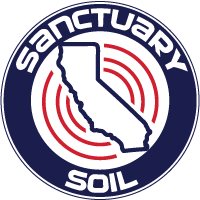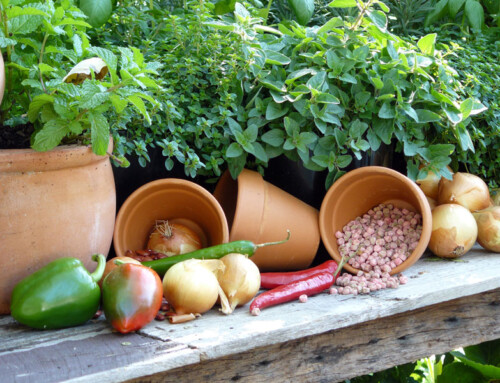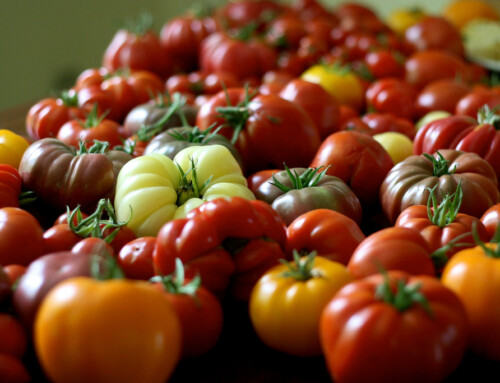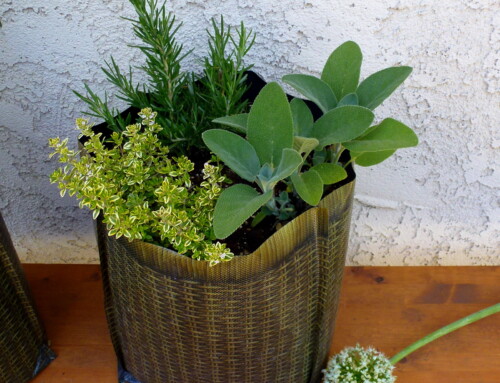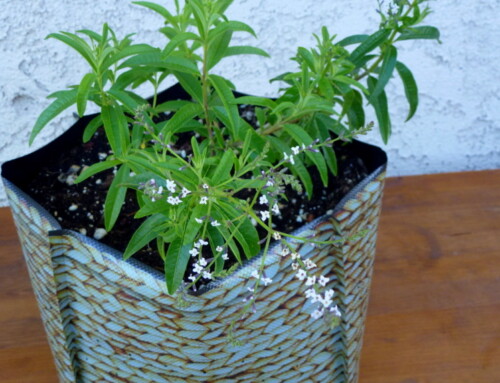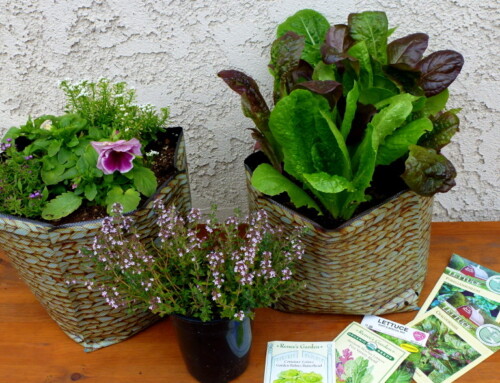“No unemployment insurance can be compared to an alliance between man and a plot of land.” – Henry Ford
What Is a Victory Garden?
Committees of civilians set up local Victory Garden programs across the country. A guide for these committees, endorsed by the U.S. Department of Agriculture, stated that, “The beautification of the home and community by gardening provides healthful physical exercise, recreation, definite release from war stress and strain.”
From US Dept. of Agriculture: Victory Gardens – Issued February 1942:
This publication gives general information for the inexperienced gardener on what to grow, how to prepare and fertilize the soil, how and when to plant, how to care for the plants, and how to utilize the crop. For more detailed directions consult your State agricultural college, county agent, vocational agricultural teachers, or local experienced gardeners. Unusual demands are being made on domestic supplies of vegetable seeds. Do not waste them.
By 1945, an estimated 20 million Victory Gardens produced approximately 40 percent of America’s vegetables. Victory gardens were vegetable gardens planted during the world wars to ensure an adequate food supply for civilians and troops. Government agencies, private foundations, businesses, schools, and seed companies all worked together to provide land, instruction, and seeds for individuals and communities to grow food.
From California to Florida, Americans plowed backyards, vacant lots, parks, baseball fields, and schoolyards to set out gardens. Children and adults fertilized, planted, weeded, and watered in order to harvest an abundance of vegetables.
Colorful posters and regular feature articles in newspapers and magazines helped to get the word out and encouraged people to stick with it. The goal was to produce enough fresh vegetables through the summer for the immediate family and neighbors. Any excess produce was canned and preserved for the winter and early spring until next year’s victory garden produce was ripe.
Throughout the World War II years, millions of victory gardens in all shapes and sizes–from window boxes to community plots–produced abundant food for the folks at home. While the gardens themselves are now gone, posters, seed packets and catalogs, booklets, photos and films, newspaper articles and diaries, and people’s memories still remain to tell us the story of victory gardens.
Whether they fought in the military or used ration coupons to buy food, everyone participated in the war effort. Ask your family members and older adult friends what they remember about World War II and the home front.
Victory Garden’s Today
Again, the United States (and other countries as well), is being pushed to it’s limits. Families again are faced with unemployment/underemployment. We have strained our resources with recent natural disasters and wars fought, with economic ruin and rising gas and food prices. Individuals and families are returning to their roots with homesteading, sustainable farming practices, rooftop gardens, cooperative gardens and hobby farms. As concerns grow over GMO products and increased use of pesticides, organic gardening becomes more and more the ideal. Corporate farms with overcrowding of stock leads to animal health issues and increased use of antibiotics and hormone usage. This plus increased awareness of cruelty practices at slaughterhouses lead more and more individuals to seek alternatives such as raising their own livestock and byproducts, ensuring a healthier, happier animal as well as a more natural end product.
There are many resources available to those who are interested in producing their own food. A great site to check out is Urban Sustainable Living.
From their site:
A Grassroots Food Revolution
In the spirit of courage and self-sufficiency of previous generations who planted gardens in their front and back yards to support their nation’s war efforts – today many are undertaking the challenge of declaring independence from corporate food systems, reducing reliance on fossil fuels to bring food to the table, and cultivating a more healthy and fulfilling life.
This grass roots revolution is occurring throughout America in today’s modern victory garden. The “war” is a revolution – and the battle ground is right here on the home front. The modern victory garden is also sometimes referred to as a “Freedom Garden” – because it represents a declaration of independence of sorts. It is all about taking back responsibility and control of our own food supply.
Whether it is a modest container of tomatoes on a patio deck or a full fledged self-sufficient garden – each effort contributes to the goal of freeing ourselves from the forces that would keep us dependent on a system of petroleum fueled and factory farmed food. The rewards are many for taking up this challenge, and along the way you’ll experience the empowerment and fulfillment that comes from learning the basic skills of providing for yourself and your family.

